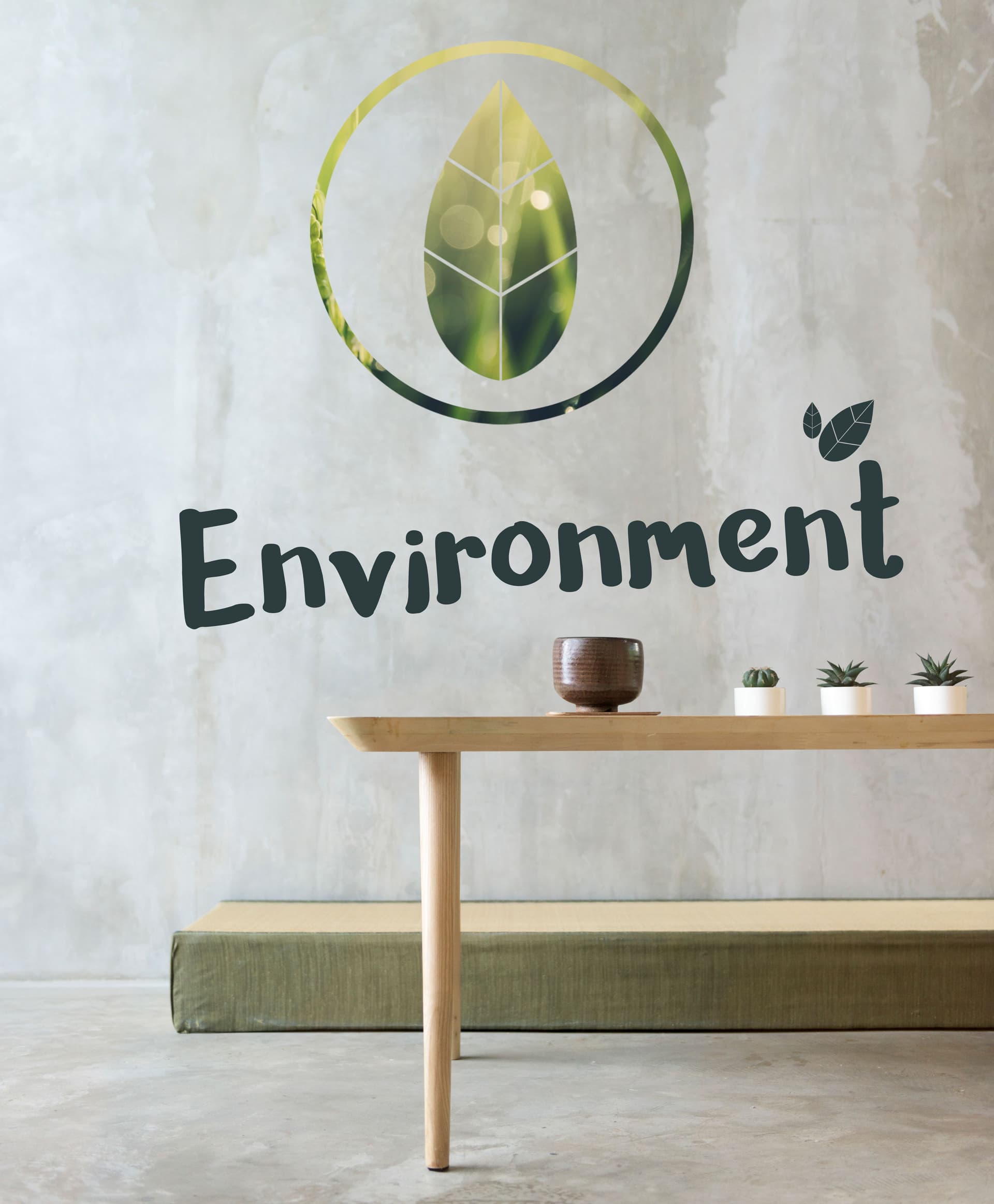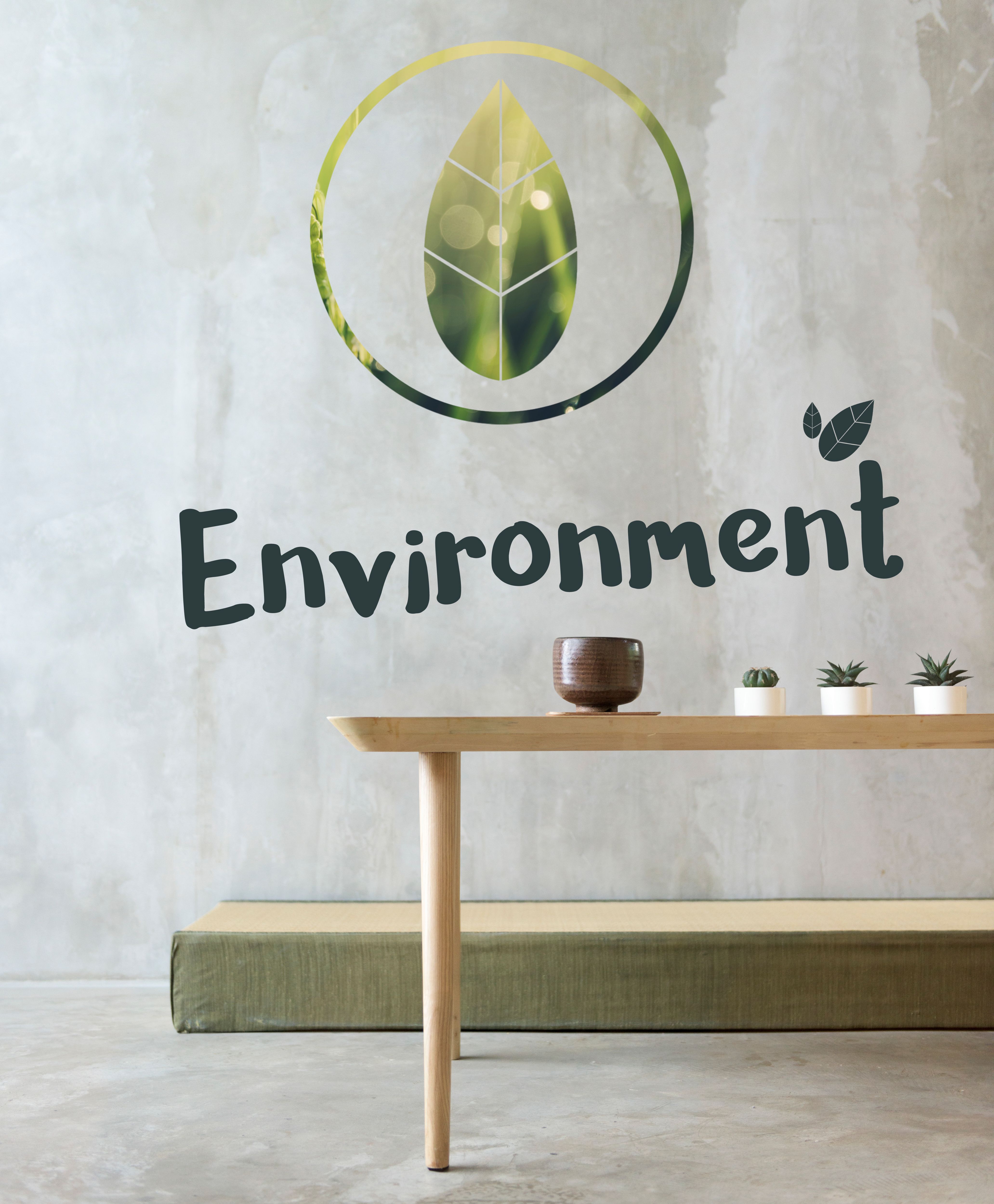
The Importance of Sustainability in Interior Design

Sustainability has become a buzzword in many industries, and interior design is no exception. As consumers become more environmentally conscious, it's essential for interior designers to embrace sustainable practices and materials in their designs. In this blog, we'll explore the importance of sustainability in interior design and why it's crucial for both the environment and our well-being.
Reduce Environmental Impact
The environmental impact of interior design is often overlooked, but it can be significant. From the manufacturing of materials to the disposal of furniture and decor, interior design can have a significant impact on the environment. By embracing sustainable practices and materials, interior designers can reduce this impact and promote a more environmentally conscious approach.
Sustainable interior design involves using materials and practices that are environmentally responsible, such as using eco-friendly materials, recycling, and reducing waste. This can include using materials that are recycled or repurposed, such as reclaimed wood or recycled glass, and using low-impact production methods that minimize waste and reduce energy consumption.
Improve Indoor Air Quality
The air we breathe is just as important as the food we eat and the water we drink. Poor indoor air quality can cause health problems such as allergies, respiratory issues, and even cancer. Many traditional materials used in interior design, such as paints, carpets, and furniture, contain toxic chemicals that can pollute the air we breathe. By embracing sustainable materials, interior designers can improve indoor air quality and create healthier living spaces.
Sustainable interior design involves using materials that are non-toxic and have minimal or no volatile organic compounds (VOCs). This can include natural materials such as bamboo or cork, or using paints and finishes that are low in VOCs. Additionally, interior designers can incorporate natural ventilation and filtration systems into their designs to improve air circulation and quality.

Support Local Economies
Sustainable interior design also has the potential to support local economies. By using locally sourced materials and working with local artisans and craftsmen, interior designers can create unique and one-of-a-kind designs while also supporting their local communities. This approach not only benefits the environment but also helps to promote economic development and sustainability.
Sustainable interior design involves sourcing materials and products from local suppliers and using local labor whenever possible. This can include using locally sourced wood or stone, or working with local artists and craftsmen to create custom furniture or decor. This approach can not only create unique and personalized designs but also help to support local economies and promote sustainable practices.
Promote Long-Term Value
Sustainable interior design also promotes long-term value, both for the environment and for the consumer. By using durable and high-quality materials, interior designers can create designs that last for years and even decades, reducing the need for replacement and promoting sustainable practices.
Sustainable interior design involves using materials and products that are durable, long-lasting, and can be easily maintained. This can include using high-quality fabrics and materials that are resistant to wear and tear, or incorporating renewable energy systems into designs that promote energy efficiency and sustainability. By promoting long-term value, sustainable interior design can also save consumers money in the long run by reducing the need for frequent repairs or replacements.
Conclusion:
Sustainability is becoming increasingly important in interior design, and for good reason. By embracing sustainable practices and materials, interior designers can reduce their environmental impact, improve indoor air quality, support local economies, and promote long-term value. Sustainable interior design not only benefits the environment but also promotes healthier living spaces and supports economic development. As consumers become more environmentally conscious, it's essential for interior designers to embrace sustainable practices and materials in their designs to create a better future for our planet and our well-being.
Appreciate the creator